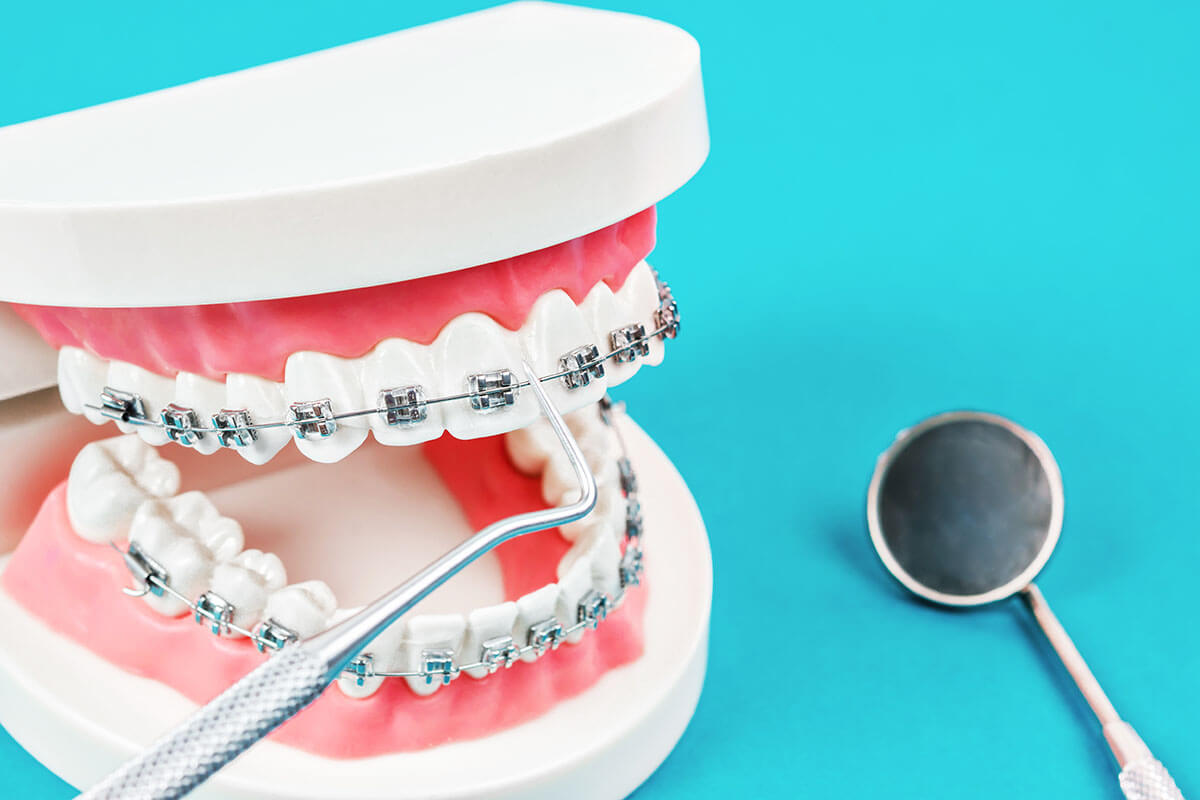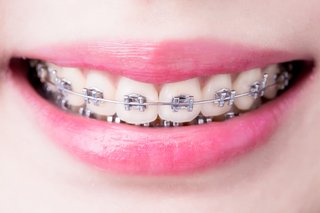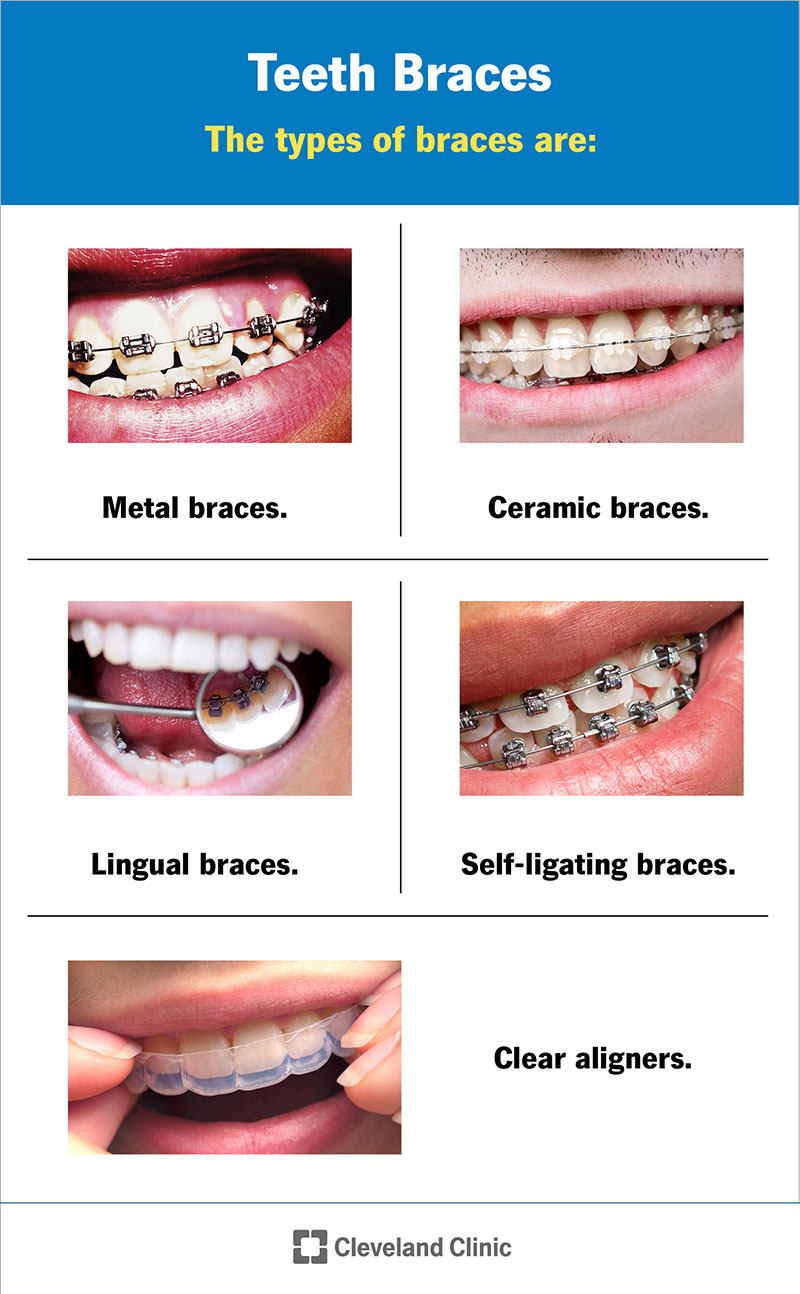Comprehensive Overview to Orthodontics Procedures for Remedying Oral Imbalances
In the world of orthodontics, the journey to achieving a completely aligned smile involves a myriad of treatments tailored to remedy oral imbalances. From standard braces to unnoticeable aligners and also surgical alternatives, the area of orthodontics offers a variety of solutions to address differing levels of oral abnormalities. Understanding the complexities of each procedure, including their mechanisms, benefits, and prospective disadvantages, is crucial in making notified decisions about one's orthodontic treatment. As we browse via the detailed guide to orthodontic treatments for correcting oral misalignments, the elaborate details of each method will certainly unravel, clarifying the path toward a harmonious and functional oral positioning.
Orthodontic Procedures Summary

Normal modifications and surveillance are essential components of orthodontic therapy to make certain progression is on track and to make any required adjustments along the means. By undertaking orthodontic treatments, people can not only accomplish a straighter smile however likewise boost their overall oral wellness and feature.
Traditional Dental Braces: Just How They Work
When taking into consideration orthodontic therapies for dental misalignments, typical dental braces stand apart as a tried and true technique for dealing with teeth placing. Typical braces include brackets, cords, and bands that collaborate to use continuous pressure on the teeth, gradually moving them right into the wanted alignment. The braces are connected to the teeth utilizing an unique adhesive, and the cords are threaded with the braces. By changing the stress of the cables, orthodontists can manage the direction and force applied to each tooth, guiding them right into proper placement over time.
As stress is applied to the teeth with the dental braces, the bone bordering the teeth is improved to support the new tooth positions. Clients will certainly require routine adjustments at the orthodontist's office to ensure the dental braces continue to use the appropriate pressure for effective teeth activity.
Undetectable Aligners: Advantages And Disadvantages
These clear, personalized trays are virtually undetectable when used, making them an appealing option for individuals looking for a much more cosmetically pleasing orthodontic therapy. People can get rid of the aligners prior to consuming or cleaning their teeth, decreasing the threat of food getting stuck in the device and simplifying the cleansing procedure.

Surgical Orthodontic Options
Surgical interventions in orthodontics present sensible choices for resolving intricate dental imbalances that may not be effectively settled via conventional orthodontic therapies. While undetectable aligners and conventional braces can remedy many orthodontic issues, specific cases call for surgical intervention to achieve optimal results. Surgical orthodontic choices are typically recommended for extreme malocclusions, considerable jaw inconsistencies, and cases where the underlying bone structure needs modification to achieve proper placement.
One typical medical orthodontic procedure is orthognathic surgical procedure, which includes repositioning the jaws to deal with practical problems such as trouble speaking or chewing. This surgery is commonly carried out in collaboration with an orthodontist who helps line up the teeth before and after the treatment. Surgical orthodontics might also involve procedures to subject influenced teeth, eliminate excess periodontal tissue, or improve the jawbone to produce an extra unified face account.
Prior to thinking Look At This about medical orthodontic alternatives, patients undertake a detailed evaluation to identify the requirement and prospective benefits of such treatments. cumming aligners. While surgical treatment might appear difficult, it can substantially improve both the feature and looks of the smile in cases where traditional orthodontic therapies fail
Retainers and Post-Treatment Treatment

Failure to abide with post-treatment care directions can result in relapse, where the teeth progressively relocate back towards their original placements. Regular retainer wear, good oral hygiene, and normal oral exams are essential for preserving the results accomplished through orthodontic surgical procedure and guaranteeing the long-term stability of the fixed dental alignment.
Conclusion
Finally, orthodontic treatments offer various choices for dealing with oral imbalances. Standard dental braces make use of metal braces and wires to move teeth right into appropriate placement. Unnoticeable aligners supply a more very discreet alternative however may not appropriate for all situations. Surgical orthodontic alternatives are available for much more serious imbalances. Retainers are typically utilized post-treatment to preserve the brand-new alignment. Generally, orthodontic procedures can efficiently enhance dental health and visual look.
As we browse via the thorough guide to orthodontic treatments for dealing with oral misalignments, the detailed information of each approach will unfold, shedding light on the course towards a functional and harmonious dental alignment. - orthodontist
One of the most usual orthodontic treatments is the usage of dental braces, which are composed of steel braces and cables that use mild stress to progressively change teeth into the wanted position.When considering orthodontic therapies for dental imbalances, typical dental braces stand out as a reliable technique for correcting teeth placing. Additionally, unnoticeable aligners might not be ideal for complicated orthodontic issues that need even more significant teeth activity, as they are generally recommended for light to moderate cases. Retainers are tailor-made orthodontic devices designed to hold teeth in their remedied positions after the completion of orthodontic therapy.